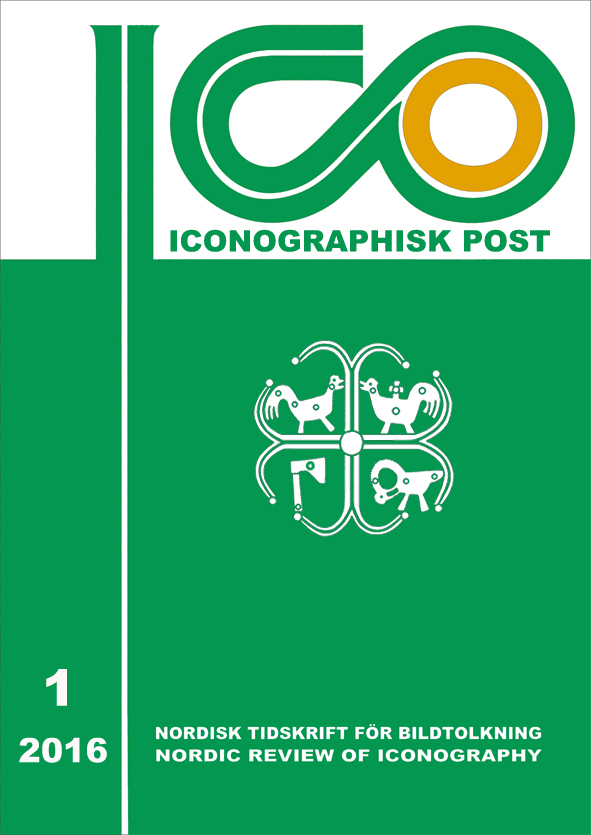Avbildade tecken & avbildningar som tecken. Ikonologins och semiotikens delade skäl
DOI:
https://doi.org/10.69945/ico.vi1.25712Nyckelord:
Iconology, Semiotics, Iconography, Andreas Alciatus, Cæsare Ripa, W. J. T. Mitchell, Erwin Panofsky, Roland Barthes, Peter Larsen, Göran SonessonAbstract
Title: Depicted Signs and Depictions as Signs – Common Reasons for Iconology and Semiotics
The aim of this article is to describe some common reasons and origins of modern Icono-logy and Semiotics, and to question the dichotomy which is sometimes made between these disciplines. When emblematics and iconology were established in the Sixteenth Century, first with Andreas Alciatus’ Emblemata and later with Cæsare Ripa’s Iconologia, poetic imagery and rhetorical figures were primary points of reference. Rather than separating visual and verbal capacities, these authors merely affirmed that both visible pictures and spoken or written words could communicate the same images. An antagonism between iconology and semiotics was hardly possible until modern linguistics separated the study of language systems from the study of symbolic systems. The denotation and the connotation, as defined in studies of language systems, have however been compared to Erwin Panofsky’s primary and secondary levels of subject matter, respectively. This study rather concludes that the place of denotation in iconological analysis would be the secondary or iconographic level. Differently put, the depiction of signs in iconography could structurally be compared to the depiction or visual denotation as sign. In this manner, common reasons for a systematic approach can be found both in the early beginnings and in recent developments of iconology and semiotics. The reasons may however be different than previously conceived.


